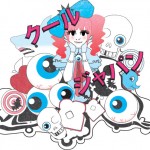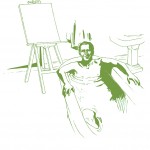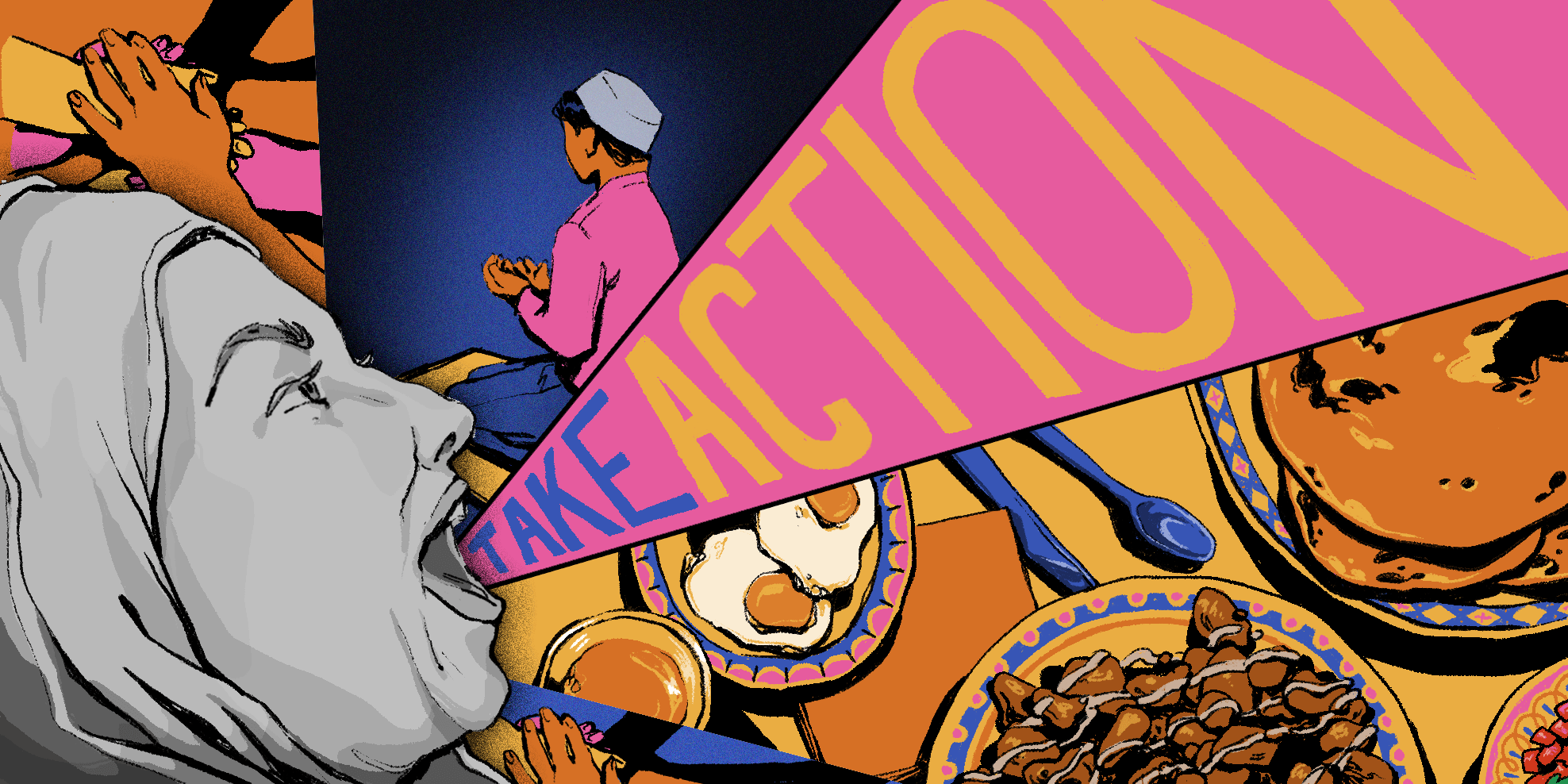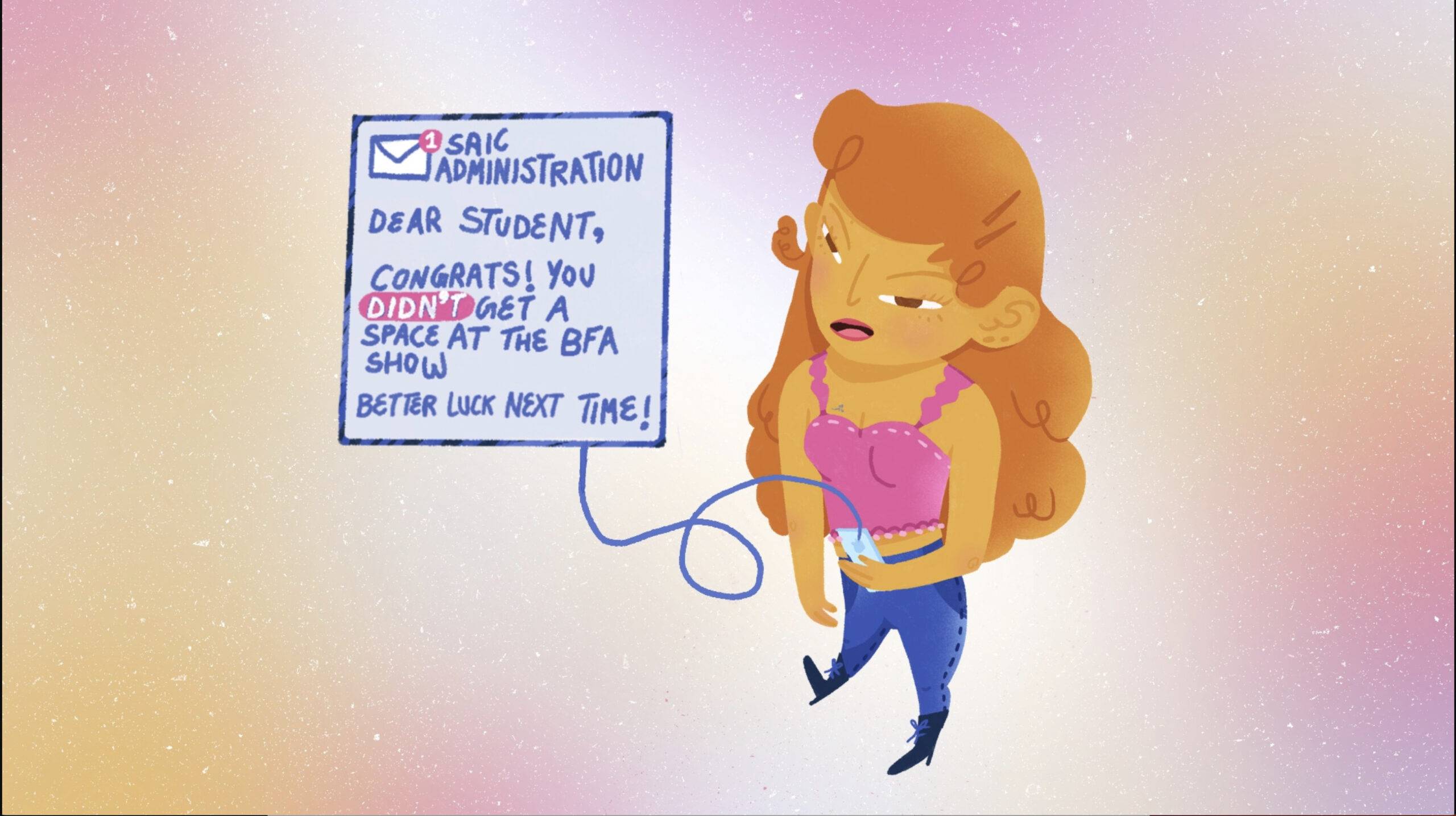Interviews With Students in the AIADO “Industry Projects: Milan” Course
Young designers Andrea Chiu (BFA, Designed Objects 2014), Katie Chung (BFA, Printmaking 2014), and Jing Ouyang (BFA, Designed Objects 2014) are taking part in a rare opportunity: to present a finished product for sale at the internationally renowned Milan Furniture Fair (Salone Internazionale del Mobile), and establish themselves as break-out talents in the industry, all before graduating from SAIC.
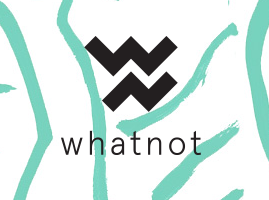
The annual Milan Furniture Fair is considered a leading venue to showcase new products in furniture and home furnishings. As seniors, the three are enrolled in a special course offered by the SAIC’s Architecture, Interior Architecture, and Designed Objects (AIADO) department that offers fourth-year undergraduates and graduate students the opportunity to work within the constrains of a professional design firm. The “Industry Projects: Milan” class is part of a series of structured collaborations between SAIC’s Designed Objects program and local or international corporate entities, including product manufactures, material manufactures, and retail enterprises. For the past three years, students in the Milan class have worked with Spazio Rossana Orlandi, where they have exhibited and sold their work. Students, their products, and their Whatnot brand will travel to Milan this April to showcase their efforts alongside industry leaders.
Emily Margosian: What first interested you in the Milan class?
Andrea Chiu: The Milan class is something I learned about during my sophomore year from some older students in AIADO. It became this long-standing goal because it’s incredible to be able to make something funded by the school and then get to show it in Milan.
Jing: It’s kind of like a legend. It’s like the ultimate goal of being in AIADO. Everyone wants to take at least one special industry class.
EM: What’s the application process like to get into Milan or one of the other industry classes?
AC: Everybody applies, and it’s the same application and portfolio for all of the industry courses. I think they choose you based on your portfolio, how well everyone would work together, and how applicable what you do is to this kind of show.
KC: I didn’t even know AIADO was a department. I was asked to be in this class to assist with the branding so I could combine my two studies of Visual Communication and Printmaking.
EM: Every Milan class has a design theme. Could you explain the concept behind this year’s class?
KC: Well, the theme is “kids,” so toys, basically. We did a lot of research so that whatever product we have would be really insightful.
EM: Is it toys or objects for children?
AC: It’s not really toys. The concept revolves around children and it’s more about creating objects that connect children with the world around them. So, one might help connect children with their parents, another might connect children with nature. It depends on what insights we chose to expand on.

Katie Chung, “Whatnot,” variable up to 6″x6”x6”
screenprint on paper, polyethylene foam. Image courtesy of Whatnot.
EM: Can you talk about what insights you chose and how your projects address that insight?
KC: My insight was the idea of play being a child’s work. I made an object that turned out to be a “whatnot” because I was probably thinking too much about branding. I do a lot of illustration, so my product consists of illustrated paper fragments of things that exist in the real world, like airplane wings or cat ears. They fit into a foam base and help generate the action of invention.
JO: I don’t have a definition for mine. It’s an object comprised of buildings made out of paper with lots of interior layers. The building has a layer of perforated windows that punch out with a space for children to draw on the inner layer. When they finish a drawing they can take it to their family members, and when they open the window layer you can see the drawings inside. So it’s more of an interaction between children and other people.

Jing Ouyang, “Hello World,” variable to 11”x4”x13”
laser cut paper
AC: It’s kind of like a three-dimensional sketchbook.
KC: All of our objects are hard to describe because the research lead us to making our own projects instead of something that already exists. Just weird things for kids.
AC: My project is actually a table that seats eight people. It involves the theme of children but is more for Rossana Orlandi, the gallery owner whose space we show at in Milan during the fair. It will sit central to the rest of our products and people within our space will be able to interact and sit on it. The table is made out of really dense foam and has a perforated grid on its surface that allows you to move different tabletop objects to different parts in the grid. Allowing you to recreate and build aesthetic within a structured surface.

Andrea Chiu, “Soft Cell,” 29”x60”x60”
table: crosslinked eva foam, maple
accessories: Corian, maple, sponges, found objects
EM: So is the whole thing made out of foam?
AC: The whole top part is made out of foam that’s three inches thick. It’s the same material as a yoga block or a flip-flop. At this point, it has wooden legs. It’s playful and has an interesting surface for both children and adults to interact with.
JO: I think it has a really interesting function because you can put ice cream cones in it and it would hold them.
AC: The perfect ice cream cone holder. You could hold thousands of ice cream cones on that table.
EM: What have some of the biggest challenges been in preparing to go to Milan?
KC: Balancing the attention we give to our other classes and our other studio practices. And I’m guessing we’re all new to the process of production. It’s a lot of phone calls, and asking for quotes is something I’ve never done before. Having to do all that and work for a deadline that’s not just a critique is really different. But it pushes you.
EM: Do you think coming up with your concept was harder, or actually making it a reality in terms of production was harder?
KC: I don’t think I could really say which is harder. They’re both challenging in different ways. One is more labor intensive, and one is just more difficult in terms of organization.
AC: I think the hardest part is trying to combine our ideas and our natural interests with the concept of children, and really trying to find where we are in this conversation. Being interested and invested in something is difficult when it’s really restrictive.
KC: I guess I’m used to restrictions in Visual Communication so I’m not bothered by someone saying, “You need to make this.” I just do it.
AC: It’s a combination. It’s a ton of work to be in this class, but it’s worth it.
KC: We get to go to Milan!
AC: We get to show in Milan, and in the end, you have a physical object that represents all your hard work and that’s very exciting and special.
KC: And since most of us are seniors or grad students, it gives us something extra to add to our portfolios and to be able to say, “I was capable of this.”

